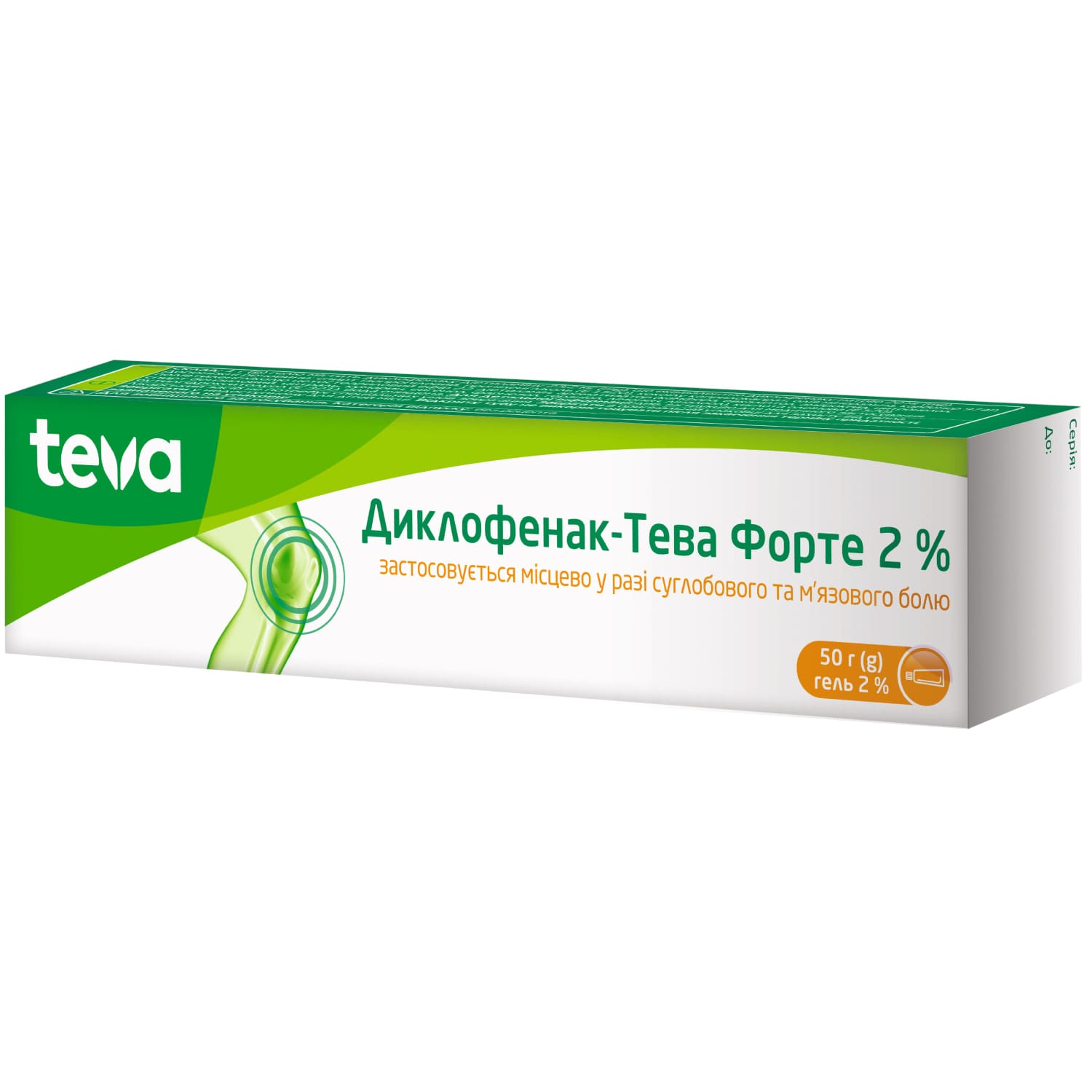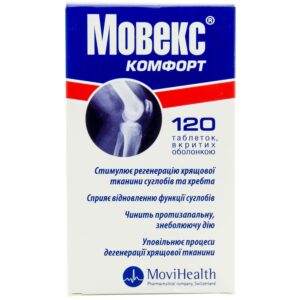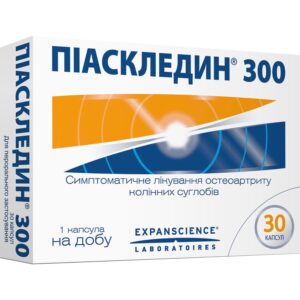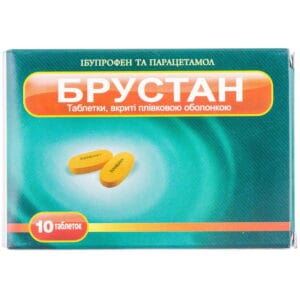We are temporarily not accepting orders from Canada due to the Canada Post strike.
Nous n’acceptons temporairement pas de commandes en provenance du Canada en raison de la grève de Canada Post.
We are temporarily not accepting orders from Canada due to the Canada Post strike.
Nous n’acceptons temporairement pas de commandes en provenance du Canada en raison de la grève de Canada Post.
$15.14


$26.97

Diclofenac Teva Forte 2% gel 2% tube 50 g
$23.66
Diclofenac Teva Forte 2% Gel relieves joint and muscle pain, reduces inflammation and swelling, and restores mobility with long-lasting 12-hour relief.
Diclofenac Teva Forte 2% is a topical medication used for joint and muscle pain.
Treatment of pain, inflammation and swelling in:
- soft tissue injuries: injuries to tendons, ligaments, muscles and joints (e.g. due to dislocation, sprain, contusion) and back pain (sports injuries);
- localized forms of soft tissue rheumatism: tendinitis (including “tennis elbow”), bursitis, shoulder syndrome and periarthropathy.
Symptomatic treatment of osteoarthritis of small and medium-sized superficial joints, such as finger joints or knee joints.
Composition
- active ingredient: diclofenac diethylamine;
- 1 g of gel contains diclofenac diethylamine 23.2 mg, which is equivalent to diclofenac sodium 20 mg;
- excipients: isopropyl alcohol, propylene glycol (E 1520), cocoyl caprylocaprate, mineral oil, carbomer 974P, polyethylene glycol cetostearyl ether 22, diethylamine, flavoring (camphor, eucalyptol, ambroxide, citronellol, benzyl alcohol, citral, coumarin, eugenol, farnesol, geraniol, limonene, linalool), oleic acid (E 570), butylhydroxytoluene (E 321), purified water.
Contraindication
- Hypersensitivity to diclofenac or other components of the drug.
- History of attacks of bronchial asthma, bronchospasm, angioedema, urticaria or acute rhinitis caused by taking acetylsalicylic acid or other non-steroidal anti-inflammatory drugs (NSAIDs).
- Do not apply to mucous membranes, open wounds, or inflammatory and infectious skin diseases such as eczema.
- Children and adolescents under 14 years of age.
- The last trimester of pregnancy.
Adverse reactions
Infections and infestations: Very rare: pustular eruptions.
Immune system disorders: Very rare: hypersensitivity reactions (including urticaria), angioedema.
Respiratory system: Very rare: bronchial asthma.
Gastrointestinal disorders: Very rare: gastrointestinal complaints.
Skin and connective tissue disorders: Common: dermatitis (including contact dermatitis), rash, erythema, eczema, pruritus. Uncommon: peeling, skin dehydration, oedema. Rare: bullous dermatitis. Very rare: photosensitivity. Frequency unknown: burning sensation at the application site, dry skin.
When applying the gel to large areas of skin and for a long time, the possibility of systemic adverse reactions to diclofenac (for example, from the kidneys, liver or gastrointestinal tract, systemic hypersensitivity reactions) cannot be ruled out.
Method of application
The medicine is intended for external use only.
Adults and children over 14 years of age apply the medicine twice a day (morning and evening), lightly rubbing into the skin at the site of pain, the analgesic effect lasts up to 12 hours.
The amount of medicine used depends on the size of the affected area (for example, 2–4 g of gel, the size of a cherry or walnut, is enough to apply to an area of 400–800 cm2), the maximum daily dose of the medicine is 8 g (160 mg of diclofenac sodium, respectively).
After applying the product, it is necessary to wash your hands, except in cases where this is the area to be treated.
Before applying a bandage, you should let the gel dry for a few minutes.
The duration of therapy depends on the indication and effectiveness of the treatment. The drug should not be used for longer than 14 consecutive days for soft tissue injuries or rheumatism and for longer than 21 days for joint pain of arthritic origin, unless otherwise recommended by a doctor.
If after 7 days of treatment the patient’s condition has not improved or worsens, it is necessary to consult a doctor.
Application features
Use during pregnancy or breastfeeding
The drug Diclofenac Teva Forte 2% is contraindicated during the third trimester of pregnancy.
Like other NSAIDs, diclofenac passes into breast milk in small amounts. When using therapeutic doses of diclofenac, no negative effects on the infant are expected. No studies have been conducted in women during breastfeeding, so this drug should be used on the recommendation of a doctor. Therefore, if there are good reasons for using the gel during breastfeeding, it should not be applied to the mammary glands or large areas of skin and should not be used for a long time.
Children
The drug Diclofenac Teva Forte 2% is contraindicated for use in children under 14 years of age.
Ability to influence reaction speed when driving vehicles or other mechanisms
Topical application of diclofenac does not affect the ability to drive vehicles and other mechanisms.
Overdose
Overdose is unlikely due to the low absorption of diclofenac into the systemic circulation when applied topically. If more gel than recommended is applied, the residue should be washed off with water.
If the medicine is accidentally swallowed, side effects typical of systemic adverse reactions to diclofenac may occur (the contents of one tube of the medicine Diclofenac Teva Forte 2% 100 g are equivalent to 2000 mg of diclofenac sodium).
In such cases, if significant systemic adverse reactions develop, therapeutic measures for the treatment of NSAID poisoning are used. After accidental ingestion of the drug, the stomach should be immediately rinsed and an adsorbent should be taken. There is no specific antidote.
Interaction with other medicinal products and other types of interactions
Since systemic absorption of diclofenac is very low when applied topically, interactions are unlikely. Concomitant use of Diclofenac-Teva Forte 2% with systemic NSAIDs and steroids may increase the incidence of side effects.
Storage conditions
The medicinal product does not require any special storage conditions. Store in the original packaging to protect from light. Keep out of the reach of children.
You may also like






Reviews
There are no reviews yet.